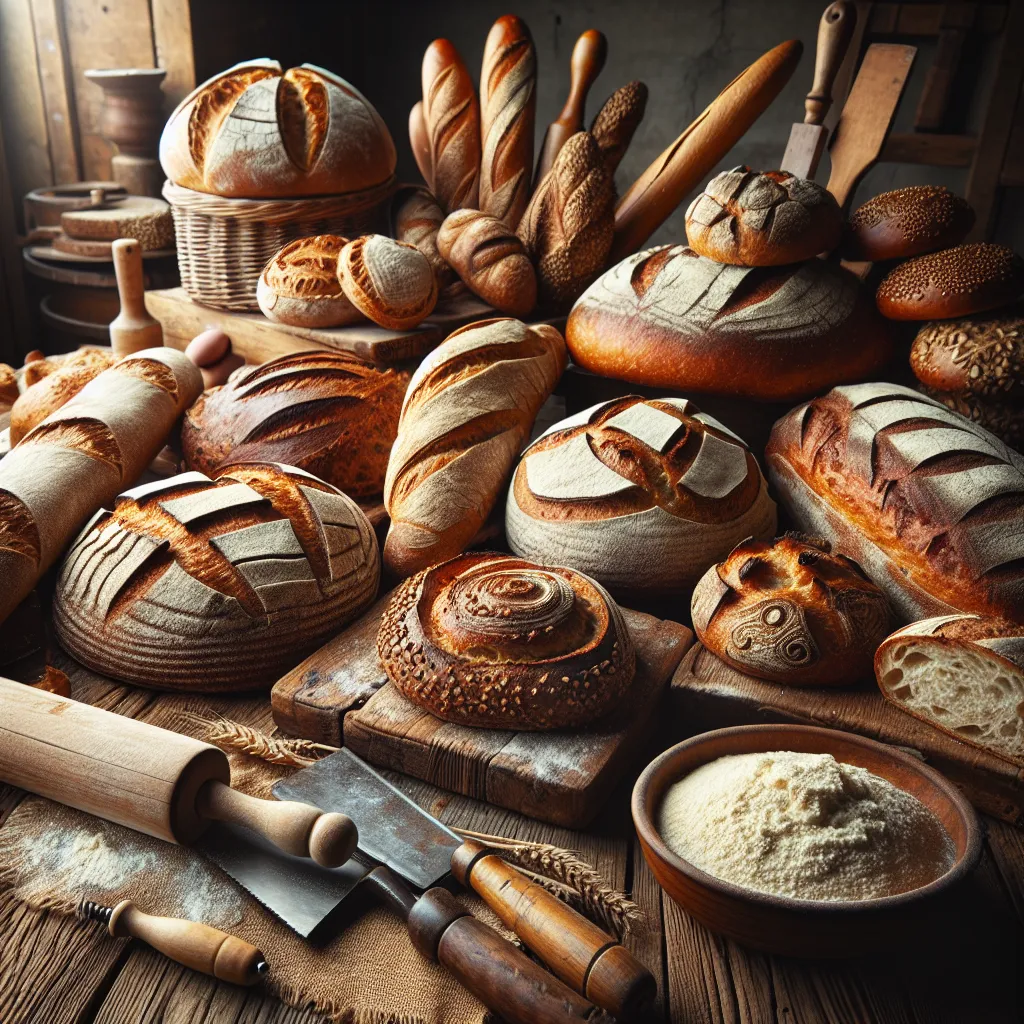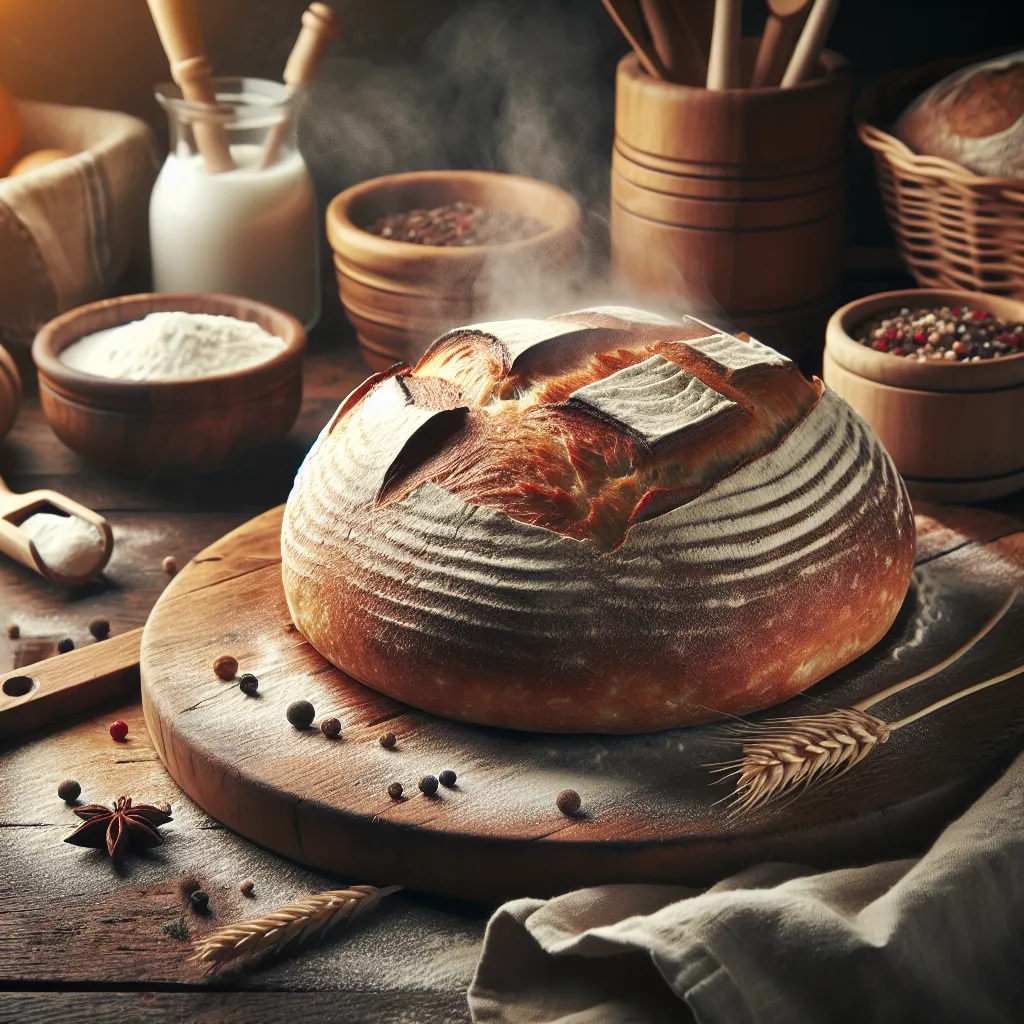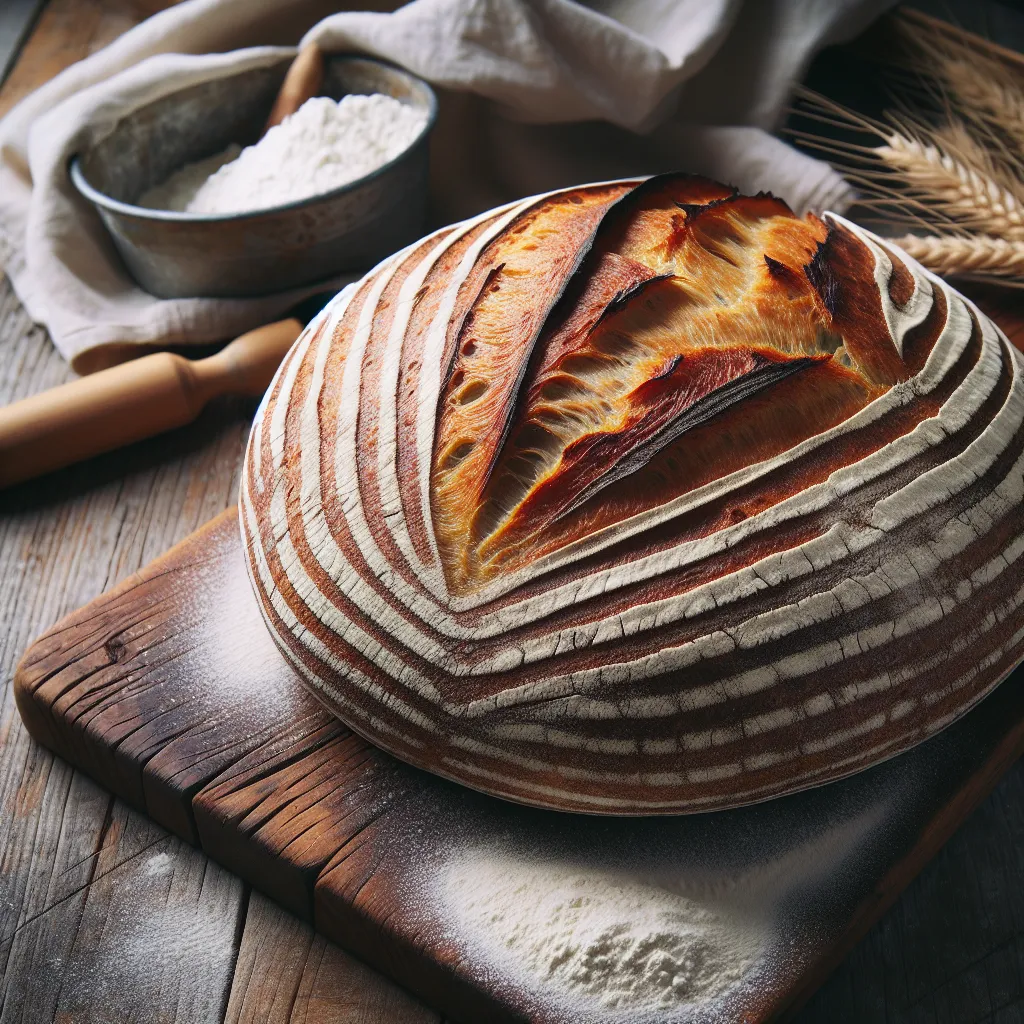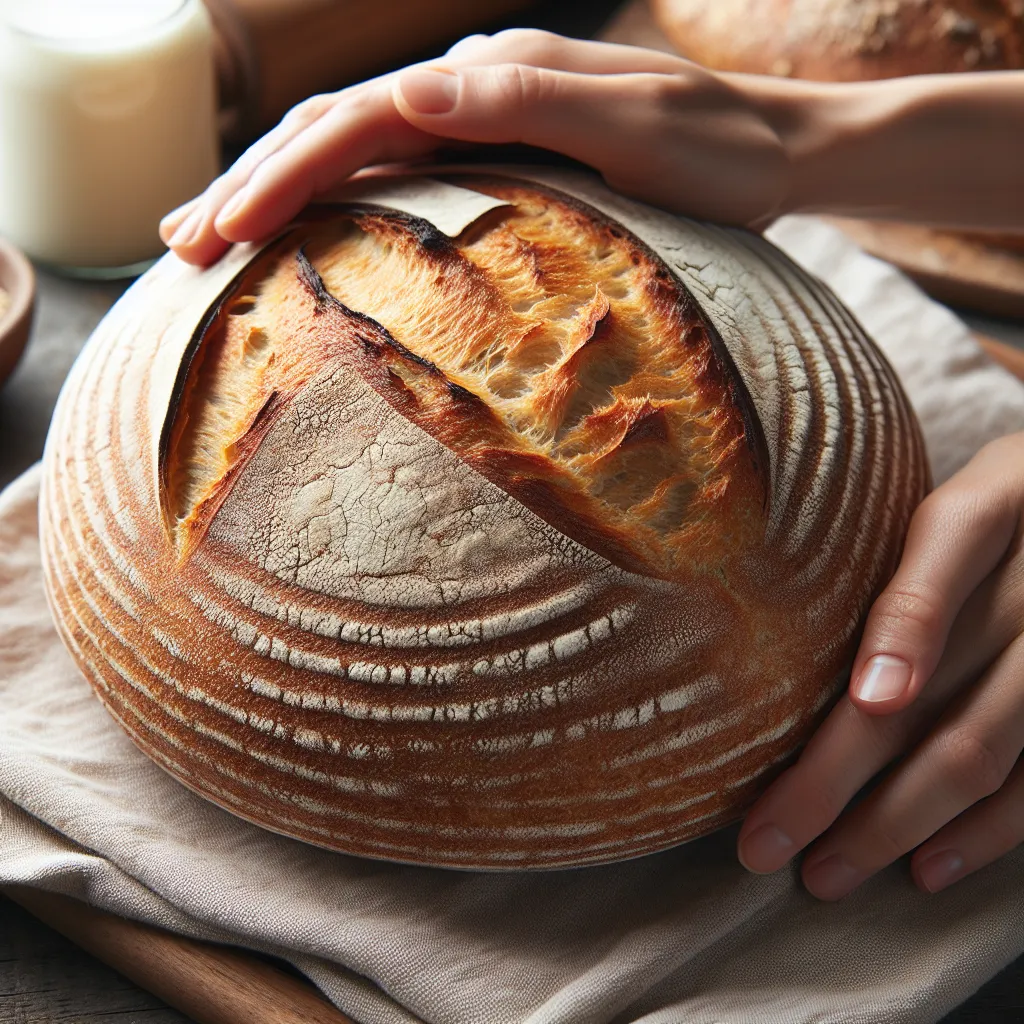The Art of Sourdough: Traditional Bread Making Techniques
Exploring traditional techniques in bread making can provide a rich understanding of the art and science behind creating the perfect loaf. One of the most fascinating and time-honored methods is sourdough bread making, which offers a unique depth of flavor and texture. The traditional sourdough process involves capturing wild yeast and beneficial bacteria from the environment to create a natural starter, which serves as the leavening agent for the bread.
The art of sourdough bread making begins with combining flour and water to create a mixture that captures the wild yeast present in the air. This mixture is then allowed to ferment over several days, during which time it develops a complex flavor profile and leavening abilities. The resulting sourdough starter is a living ecosystem of microorganisms, and its unique characteristics can vary depending on factors such as location, climate, and the specific flour used.
Traditional bread makers often cherish the process of tending to their sourdough starter, which requires regular feedings to keep the microorganisms active and healthy. This intimate relationship with the starter allows bakers to develop a deep understanding of its behavior and how it contributes to the overall bread making process. The use of sourdough starter imparts a distinct tangy flavor to the bread, along with a pleasing chewiness and impressive shelf life, making it a favorite among bread enthusiasts.
While modern bread making techniques have introduced commercial yeast for its reliability and efficiency, the timeless art of sourdough bread making continues to capture the imagination of bakers and enthusiasts alike. The traditional techniques involved in cultivating and utilizing a sourdough starter showcase the profound connection between humans, nature, and the food we create, offering a rewarding and delicious journey for those who embark on it.
Preserving Ancient Methods in Bread Making
Preserving ancient methods in bread making is essential for upholding tradition and maintaining the authenticity of this time-honored craft. Exploring traditional techniques in bread making not only ensures the continuation of cultural heritage but also yields unique and exceptional flavors and textures in the final product.
One of the fundamental aspects of preserving ancient methods in bread making is the utilization of natural leavening agents such as sourdough starter, which dates back thousands of years. This traditional method not only imparts distinctive flavors to the bread but also offers potential health benefits, as the fermentation process can enhance the digestibility of the final product.
Additionally, the use of stone mills for grinding grains is another ancient technique that contributes to preserving the authenticity of bread making. Unlike modern steel roller mills, stone mills grind the grains more slowly and at lower temperatures, which helps retain the nutritional integrity and natural flavors of the grains, resulting in superior quality flour for bread making.
Furthermore, the practice of hand shaping and scoring the dough, as opposed to relying solely on automated machinery, is a crucial aspect of preserving traditional bread making techniques. This hands-on approach allows for greater attention to detail and craftsmanship, leading to the creation of bread with distinctive visual appeal and texture.
In conclusion, preserving ancient methods in bread making is vital for honoring the roots of this time-honored culinary art. By embracing traditional techniques such as natural leavening, stone milling, and hand craftsmanship, bakers can continue to produce bread with unparalleled depth of flavor, nutritional value, and cultural significance.
Unveiling the Secrets of Time-Honored Bread Making Techniques
Exploring traditional bread making techniques unveils the secrets of time-honored culinary practices that have been passed down through generations. From the careful selection of ingredients to the precise manipulation of time and temperature, traditional bread making encompasses a myriad of nuanced techniques that contribute to the creation of exceptional loaves. The process often begins with the meticulous hand selection of high-quality grains, followed by stone milling to achieve the perfect texture and flavor. This attention to detail ensures that the bread retains its wholesome essence while embodying the expertise of the artisan.
Traditional bread making also emphasizes the use of natural leavening agents, such as sourdough starters, which are nurtured over time to develop complex flavors and textures. The slow fermentation process characteristic of traditional bread making allows for the development of rich aromas and enhances the nutritional profile of the final product. Furthermore, the art of shaping and scoring the dough requires skill and precision, resulting in visually stunning loaves that boast exceptional textures and flavors.
By delving into the intricacies of traditional bread making techniques, one can truly appreciate the depth of knowledge and expertise required to master this ancient craft. The exploration of these time-honored methods not only yields exceptional bread but also serves as a testament to the enduring legacy of artisanal baking.




